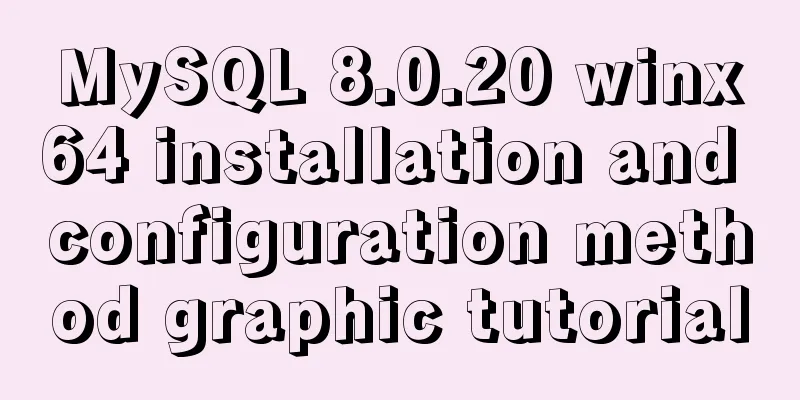CUDA8.0 and CUDA9.0 coexist under Ubuntu16.04

|
Preface Some of the earlier codes on Github may require the CUDA 8.0 environment. For a novice, the normal thinking is to choose the latest version for environment configuration. Here is a brief introduction on how to solve the coexistence of CUDA 8.0 and CUDA 9.0 when using GPU for computing. 1. Inspection before installation Run the following command to check the current CUDA version of your computer nvcc --version My own computer shows the following: (CUDA 9.0 is currently installed on my computer)
2. Download the appropriate CUDA 8.0 version When choosing the CUDA 8.0 version, you must choose it according to your computer system and the corresponding environment. The download link is in the corresponding download link interface, and follow the following instructions: (My own is Ubuntu server, 16.04, here we choose the runfile installation method)
Tips: Since I am installing on the server side, if someone is also installing on the server side, remember to upload the downloaded file to the server first. 3. Perform the corresponding installation In the downloaded folder, do the following: cd CUDA8 # Go to the folder containing the above downloaded files sudo chmod 777 cuda_8.0.61_375.26_linux.run ## Give the file certain permissions ./cuda_8.0.61_375.26_linux.run ## Start the installation After running the installation instructions, an introduction document from Nvidia will appear, such as the one shown below:
The most important point is that the introduction document requires some actions on your part, otherwise the installation process cannot continue. There are two ways to skip the introduction document:
After you skip the introduction document, you will be presented with some options for you to choose from: (The inputs for each step are marked with red circles in the figure below. Here is an explanation: Driver must be set to n, because you have already installed a driver that supports CUDA 9.0, so you do not need to install a new one)
4. Perform corresponding environment configuration Enter the following installation path, open the bashrc file, and then locate it at the lowest end (see the figure below for the operation process)
As you can see, on my computer, the imported paths are all cuda9.0:
Here, if we want to use the CUDA 8.0 that we just installed, we only need to do the following:
Then in the terminal, execute the following command to source: source ~/.bashrc
Next, you can perform the corresponding verification: (As shown in the figure below, you can see that CUDA 8.0 version has been installed successfully)
5. Switch between multiple cuda versions The above description is just the case when you want to use one of them. If you often want to switch versions, it is recommended to use the following method: #When switching cuda versions rm -rf /usr/local/cuda#Delete the soft link created previously sudo ln -s /usr/local/cuda-8.0 /usr/local/cuda nvcc --version # View the current cuda version nvcc: NVIDIA (R) Cuda compiler driver Copyright (c) 2005-2016 NVIDIA Corporation Built on Mon_Jan_23_12:24:11_CST_2017 Cuda compilation tools, release 8.0, V8.0.62 #cuda8.0 switch to cuda9.0 rm -rf /usr/local/cuda sudo ln -s /usr/local/cuda-9.0 /usr/local/cuda nvcc --version The modification method for the ~/.bahsrc file is the same as above. 6. Summary The above only talks about how to convert from CUDA9.0 to CUDA8.0. If you want to switch back to CUDA9.0, just do the opposite process, replace cuda-8.0 in the bashrc file with cuda-9.0, and then source it. This is the end of this article about the coexistence of CUDA8.0 and CUDA9.0 under Ubuntu16.04. For more information about the coexistence of CUDA8.0 and CUDA9.0, please search for previous articles on 123WORDPRESS.COM or continue to browse the following related articles. I hope everyone will support 123WORDPRESS.COM in the future! You may also be interested in:
|
<<: Detailed explanation of the usage of scoped slots in Vue.js slots
>>: Summary of MySQL 8.0 memory-related parameters
Recommend
In-depth explanation of the impact of NULL on indexes in MySQL
Preface I have read many blogs and heard many peo...
MySQL implements an example method of logging in without a password
Specific method: Step 1: Stop the mysql service /...
Nginx installation and environment configuration under Windows (running nginx as a service)
The first and most important step is how to insta...
How to configure Nginx virtual host in CentOS 7.3
Experimental environment A minimally installed Ce...
About the pitfalls of implementing specified encoding in MySQL
Written in front Environment: MySQL 5.7+, MySQL d...
How to make form input and other text boxes read-only and non-editable in HTML
Sometimes, we want the text boxes in the form to b...
You really need to understand the use of CSS variables var()
When a web project gets bigger and bigger, its CS...
MySql Installer 8.0.18 Visual Installation Tutorial with Pictures and Text
Table of contents 1. MySQL 8.0.18 installation 2....
How to implement remote automatic backup of MongoDB in Linux
Preface After reading the previous article about ...
Full-screen drag upload component based on Vue3
This article mainly introduces the full-screen dr...
Some thoughts and experience sharing on web page (website) design and production
First, before posting! Thanks again to I Want to S...
Two ways to use IIS to call X-Forwarded-For Header (XFF) to record the visitor's real IP
Problem: The website published through IIS is pla...
How to Learn Algorithmic Complexity with JavaScript
Table of contents Overview What is Big O notation...
Delegating Privileges in Linux Using Sudo
Introduction to sudo authority delegation su swit...
VMware15/16 Detailed steps to unlock VMware and install MacOS
VMware version: VMware-workstation-full-16 VMware...



















